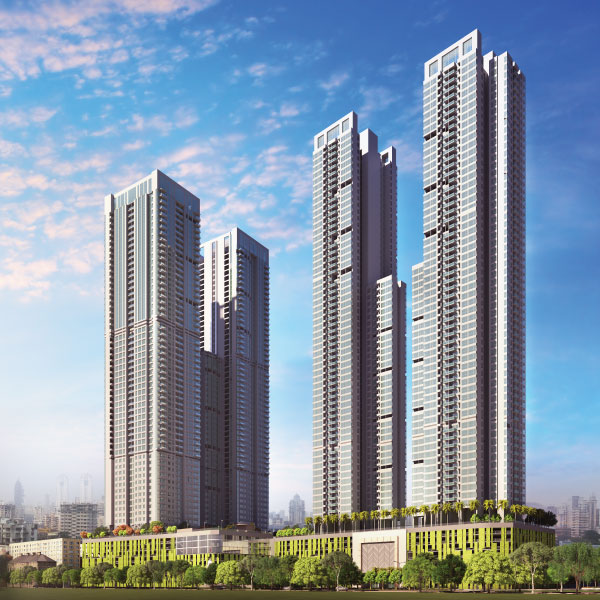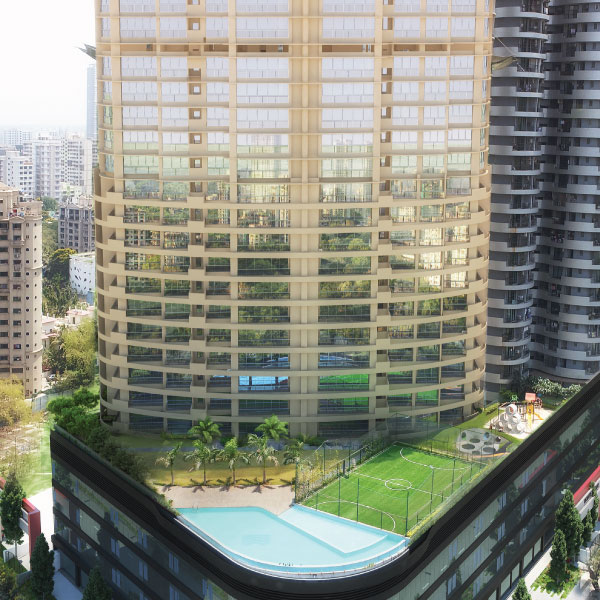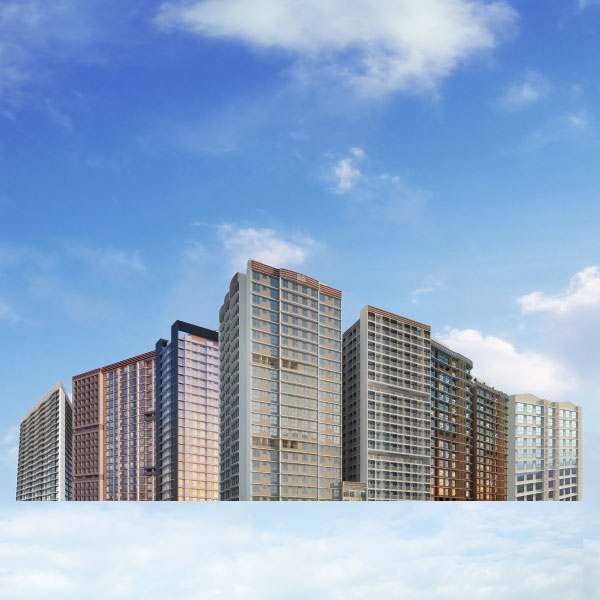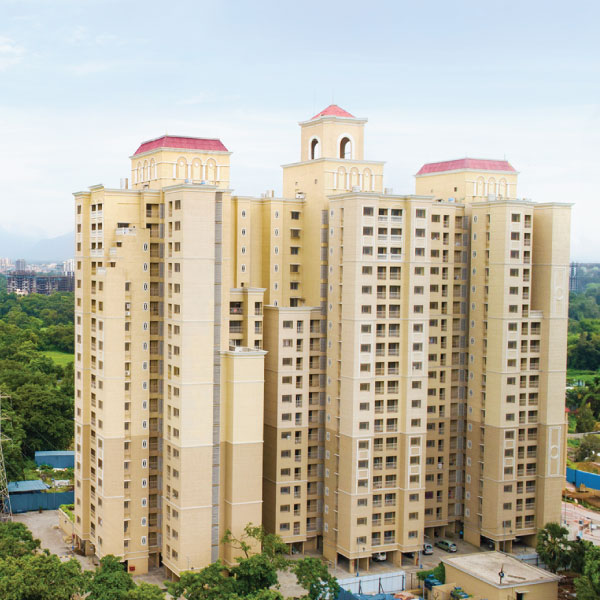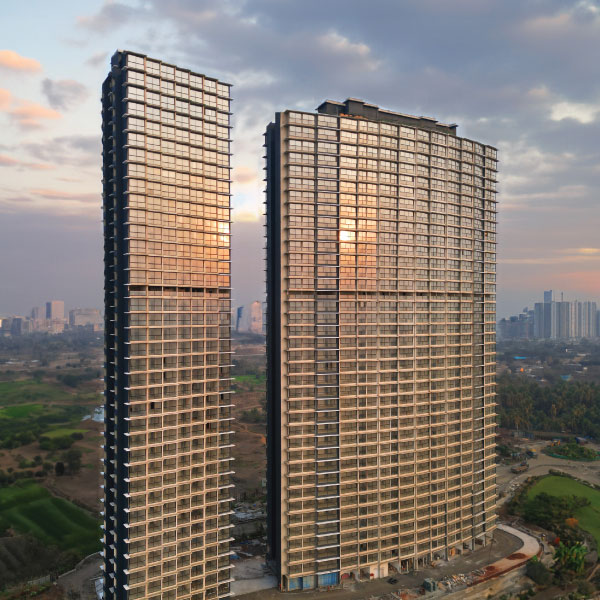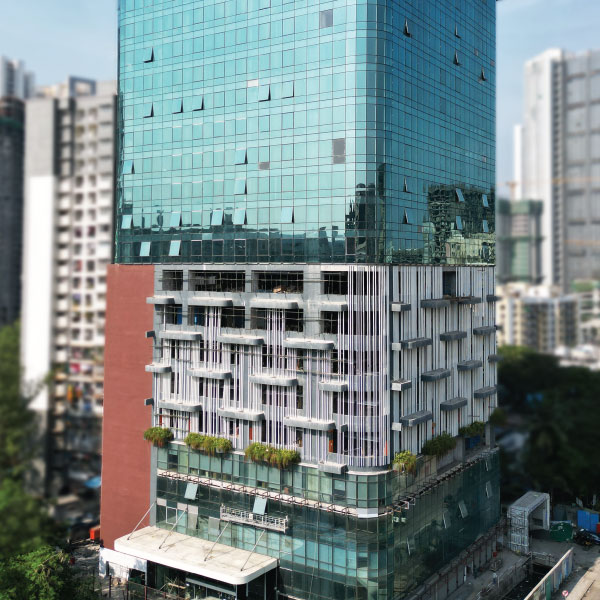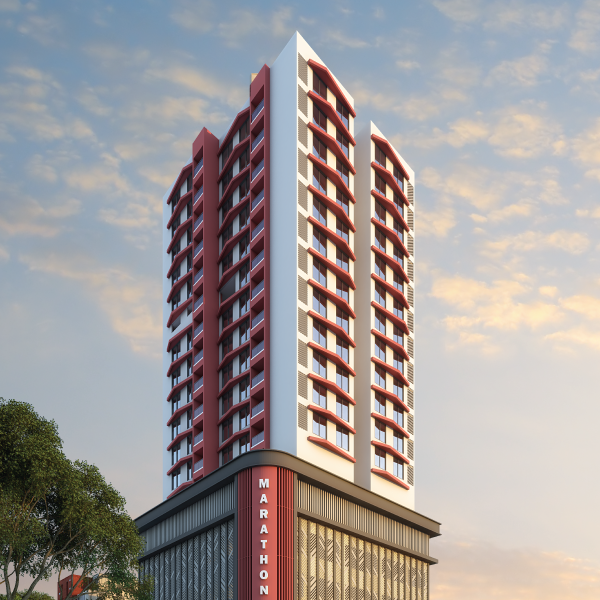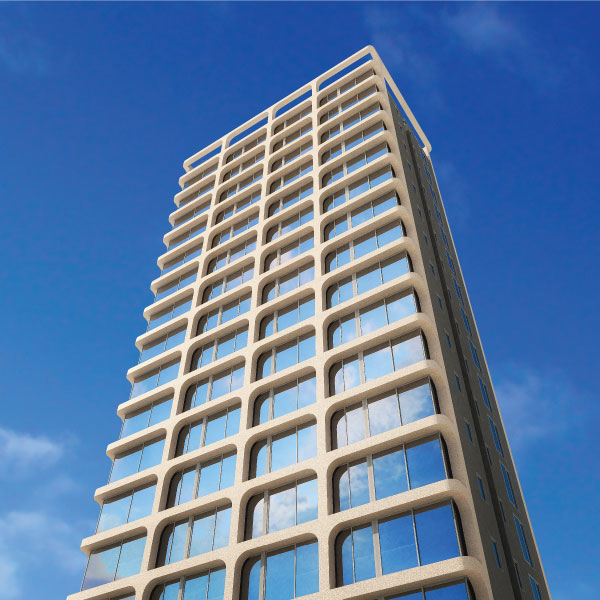GST reduction & what it means for the real estate sector
Last Updated on, October 31st, 2022

The Government’s decision to reduce GST from 12% to 5% on under-construction property and from 8% to 1% on affordable housing is a welcome move for home buyers. It is expected to boost demand and encourage more buyers to invest in under-construction property. More so, first time buyers will be encouraged to enter the market due to increased affordability.
The current recommendation is set to come into effect from April 1st, 2019 with the Government yet to announce the details and fine print as well as the transition policy. The reduction of GST is a positive step towards achievement of the Governments ‘Housing for all by 2022’.
What’s the current landscape for customers?
Currently, the GST rate applicable for under-construction property is 12% and for affordable housing it is 8%. Add to this stamp duty of 5-7% in Mumbai Metropolitan Region and the home buyer currently ends up paying close to 19% in government charges for purchasing under-construction property.
Before the GST regime, customers had to pay service tax at an effective rate of 4.5% on an under-construction property. When Get was introduced, it was at an effective rate of 12%. However the government also provided input tax credits(ITC) on purchases made by the developer. The benefits of ITC were passed on to the customers in the form of reduced sale prices.
The new recommendation reduces the effective GST rate to 5% on residential properties outside the affordable segment and to 1% for affordable housing properties. Affordable segment housing is defined as a flat of carpet area up to 90sqm (968 sqft) in non-metro and up to 60 sqm (645 sqft) in metro cities, up to a maximum value of 45 Lakhs. The recommendation removes the Input Tax Credit for both categories.
Boost for under-construction property
According to a Liases Fores report, approximately 2.69 lac homes remain unsold in Mumbai Metropolitan Region. This is due to a variety of factors that have impacted the sector over the last two years, starting with demonetisation, introduction of RERA and the introduction of GST. Uncertainty in the sector due to the above factors and higher prices due to higher tax rates, discouraged buyers from purchasing under-construction property, leading to a huge inventory overhang in the city.
Buyers have been preferring to purchase ready property with OC, which attracts no GST. However, the reduced GST rate will provide a huge impetus for under-construction properties and encourage more buyers.
Return of the real estate investor?
Higher tax rates, uncertainty, and reduced tax sops have reduced the number of investors in the market in the last couple of years. The dual impact of reduced risk of purchasing under- construction property due to RERA, and the lower tax rates under the new GST recommendation, should bring back investors to the real estate market, further boosting home sales.
What impact will it have on property prices?
The removal of ITC means that the developer margins will be impacted. GST rates on input raw materials like cement are as high as 28%, against which credits will no longer be available. It’s possible that sale prices may increase slightly to compensate for the loss in ITC, which means that the all inclusive cost for the home buyers may not change much in the short run even with the reduction in GST. However the eventual impact on prices will also depend on the transition policy which is expected by mid-March. Overall, in the long run this is a positive move for both customers & developers alike.
Sale prices may increase slightly to compensate for the loss in ITC, which means that the all inclusive cost for the home buyers may not change much in the short run
The Indian real estate market is expected to touch US$ 180 billion by 2020 and housing sector is expected to contribute around 11 per cent to India’s GDP by 2020. This well thought-out policy change will not only increase demand in the sector but also provide employment to a large number of people, as real estate is the second largest employer after agriculture.
As appeared on 99 acres article


